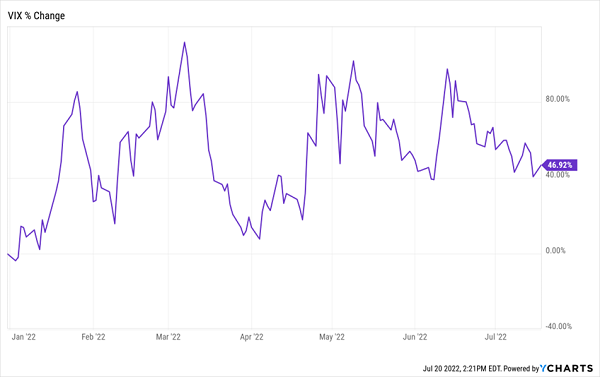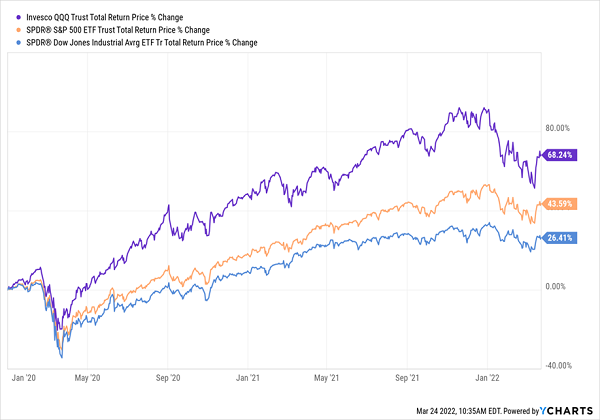If there’s one thing we can be thankful for when it comes to the banking crisis, it’s this: at least it means fewer headlines about Fed rate hikes!
That’s actually a good thing for us, because, as the Fed statement hinted on Wednesday, the Fed is getting set to finally pivot. It’s the moment everyone has been waiting for all along! And it feels like almost no one is paying attention.
But we contrarian dividend investors are. And there are a couple of closed-end funds (CEFs) out there that are well-positioned to profit from the Fed’s quiet shift: the Nuveen S&P 500 Dynamic Overwrite Fund (SPXX) and the Nuveen Nasdaq 100 Dynamic Overwrite Fund (QQQX), which yield 7.8% and 7.3% respectively.… Read more



Recent Comments